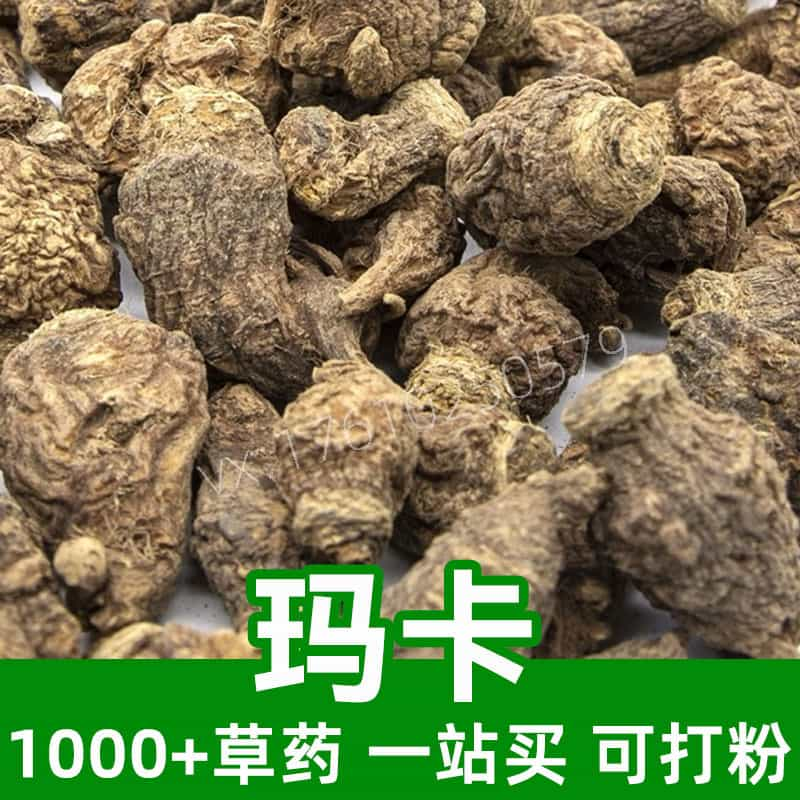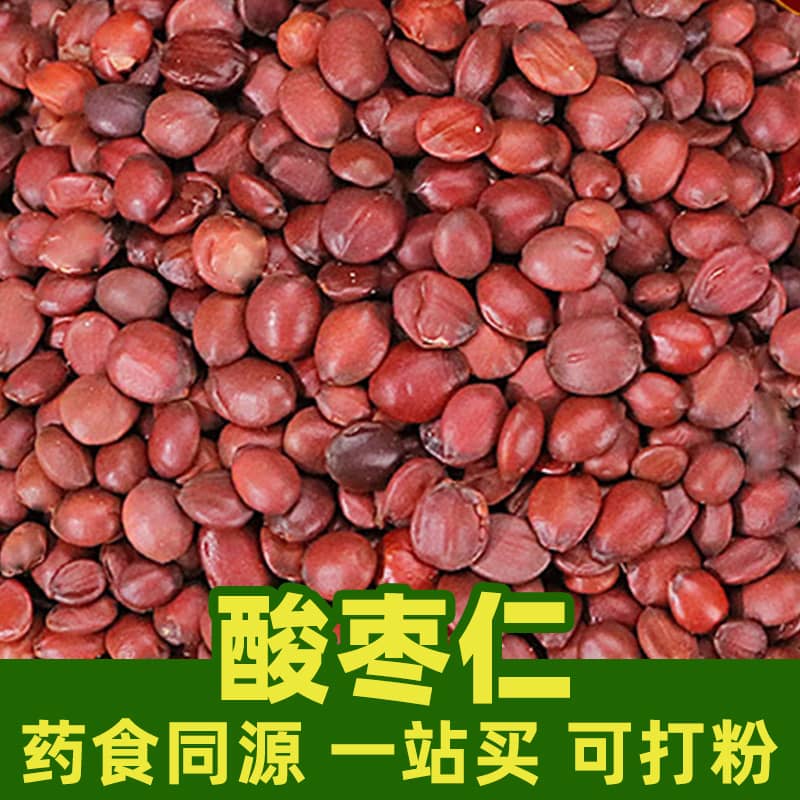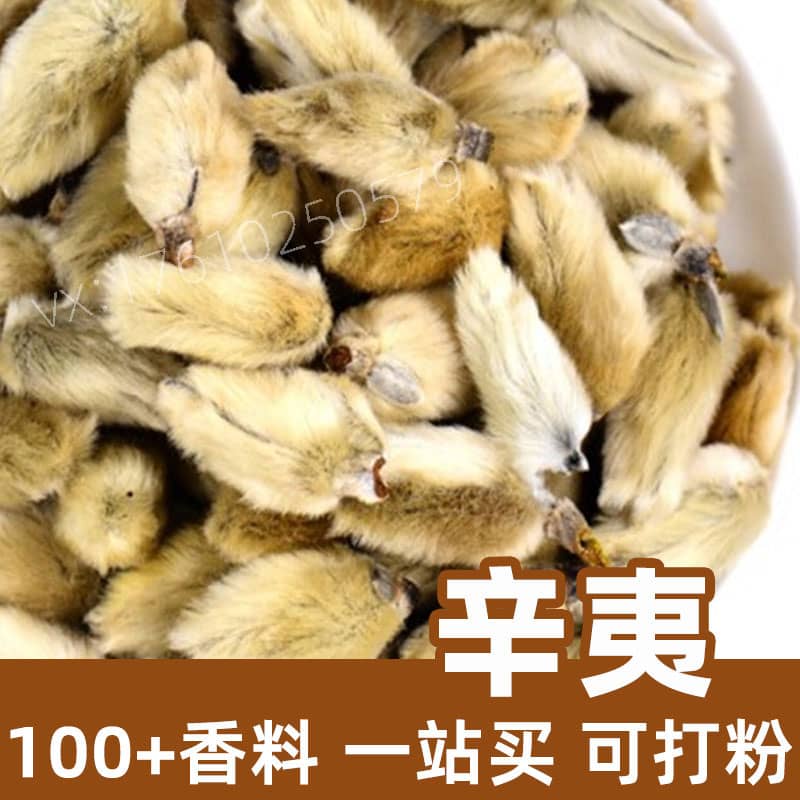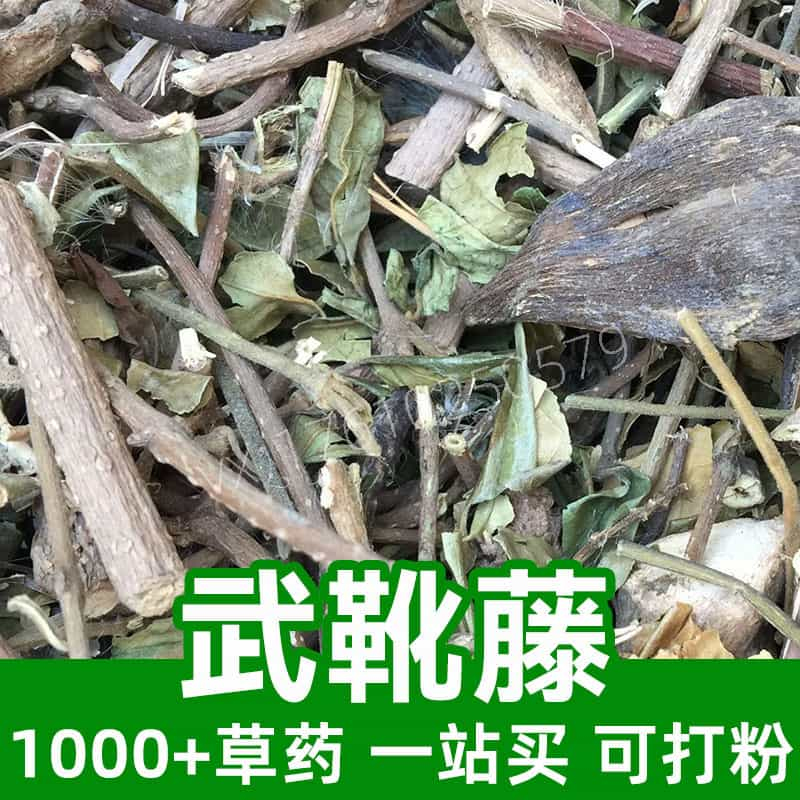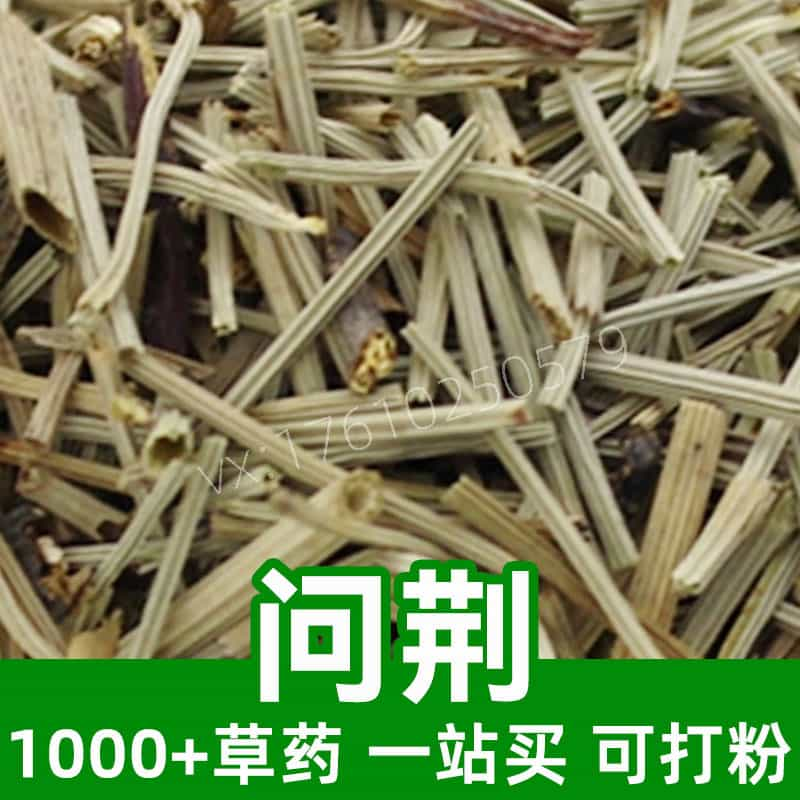Product Introduction
Cordyceps militaris is a highly regarded medicinal fungus in traditional Chinese medicine (TCM) and contemporary herbal practices. Originally discovered in the high-altitude regions of Tibet and Nepal, this parasitic fungus primarily grows on the larvae of moths. Its distinctive bright orange-yellow color and caterpillar-like form make it easily identifiable. Traditionally, Cordyceps was considered a rare and valuable tonic, utilized for its purported health benefits and invigorating properties.
The primary active components of Cordyceps militaris include cordycepin, adenosine, and a variety of polysaccharides. These compounds have attracted significant attention for their potential roles in enhancing vitality and overall wellness. In TCM, Cordyceps is not only consumed for its natural richness in nutrients but also incorporated into various culinary dishes, catering to the growing interest in functional foods.
Today, Cordyceps militaris is cultivated both in the wild and through controlled agriculture, increasing its availability globally. Consumers can find it in various forms, including powders, capsules, and teas, used by those seeking to support their energy levels and enhance their overall well-being.
Main Active Ingredients
Cordyceps militaris is notable for its complex array of active compounds, which contribute to its efficacy in promoting vitality and health. The most prominent of these is cordycepin, a nucleoside analog that has garnered interest for its potential benefits in various biological processes. Cordycepin is thought to play a role in cellular energy production and may support metabolic health.
Another significant component is adenosine, which is pivotal in energy transfer within cells and may also help in the optimization of oxygen utilization during physical exertion. The presence of polysaccharides contributes to the fungus's immune-modulating effects, supporting immune health and promoting overall balance within the body.
In addition to these compounds, Cordyceps militaris is rich in several vitamins and minerals, including B vitamins, zinc, and magnesium. These nutrients enhance the overall health-promoting properties of the fungus, supporting energy metabolism and cellular function.
Research into Cordyceps has also revealed antioxidant properties, which may aid in mitigating oxidative stress within the body. By promoting better mitochondrial function and energy production at a cellular level, consumers increasingly view Cordyceps as a natural way to improve physical performance and mental clarity.
The synergistic effect of these compounds creates a unique profile that appeals to individuals looking to enhance their quality of life and well-being through natural dietary supplements.
Product Application Scenarios, Usage, and Dosage
In traditional Chinese medicine, Cordyceps militaris is primarily used as an adaptogen, helping the body to adapt to stressors while boosting energy levels and vitality. This fungus is often recommended in various forms and can be integrated into dietary practices for daily health support.
Common applications of Cordyceps militalis include consumption in powdered form, incorporated into teas, soups, or smoothies, providing a convenient and palatable way to enjoy its benefits. For those looking to utilize it in more focused herbal formulations, it is often available in capsule or extract forms.
The typical dosage for powdered Cordyceps ranges from 1 to 3 grams per day, while capsules or extracts may vary according to concentration but generally suggest a range of 1,000 to 3,000 mg per day. It is advisable to begin with the lower end of the dosage and gradually increase to assess tolerance and individual response.
In addition to its traditional applications, Cordyceps is being integrated into sports nutrition, with athletes and fitness enthusiasts using it for potential energy and endurance enhancement. It is gaining attention in the food industry, featured in health bars, beverages, and supplements for its tonifying properties.
As with any herbal supplement, it is crucial for individuals to consult a healthcare professional before adding Cordyceps to their regimen, especially if they have pre-existing health conditions or concerns.
Introduction to the Source Plant, Distribution, and Growth Environment
Cordyceps militaris is a parasitic fungus primarily found in temperate, high-altitude regions. While traditionally sourced from the wild, where it grows on the larvae of ghost moths (Thitarodes), it is now cultivated extensively under controlled conditions due to increasing demand.
The natural habitat for Cordyceps includes alpine meadows and forests, typically at elevations above 3,000 meters in countries such as Tibet, China, Nepal, and Bhutan. The lifestyle of Cordyceps involves infecting specific moth larvae, which are crucial for its growth cycle. The fabled connection of this mushroom to the unique environmental conditions of its growth suggests that it requires specific temperatures and humidity levels to thrive.
Due to the depletion of wild resources owing to overharvesting and environmental changes, techniques in cultivation have been developed. This includes using substrates that help replicate its natural habitat, allowing for sustainable production. The growing popularity of Cordyceps has prompted research into optimized farming techniques, ensuring both the preservation of wild species and the continued supply of this valuable fungus for global consumption.
Its distribution has expanded beyond its native regions, with cultivation practices appearing in various parts of the world, including Asia, Europe, and North America. This growth has ensured wide availability, meeting the demands of both traditional medicine devotees and modern dietary supplement consumers.
Harvesting, Processing, and Storage
Harvesting Cordyceps militaris is a delicate process that traditionally involves hand-collecting the fungus from its natural habitat. Wild collection methods emphasize the importance of sustainability, aiming to maintain the delicate ecosystem while preserving the moth larvae involved in the fungal life cycle.
For cultivated Cordyceps, the process begins with inoculating a substrate—allowed to mimic the conditions necessary for growth. This substrate is carefully monitored for temperature, humidity, and air circulation, optimizing conditions for the fungus to flourish. Once the Cordyceps has matured, it's harvested manually or mechanically, ensuring minimal disturbance to the surrounding environment.
Processing of Cordyceps militaris involves cleaning and drying the harvested fungus, typically at low temperatures to preserve its active compounds. After drying, the cordyceps can be ground into powder or prepared in other forms for distribution. Quality control measures are critical during processing, ensuring that contaminants are avoided, and the potency of the active components is preserved.
For storage, Cordyceps requires cool, dry conditions to maintain its properties. It is advised to keep it in airtight containers to protect it from moisture and light, which can degrade its quality over time. When stored correctly, dried Cordyceps can have a shelf life of several years, ensuring accessibility for consumers throughout its lifecycle.
In conclusion, the process of harvesting, processing, and storing Cordyceps militaris is an intricate journey that not only ensures that the product maintains its efficacy but also respects the ecosystems from which it originates. By understanding the lifecycle of this remarkable fungus, users can appreciate the care and attention that goes into bringing Cordyceps to their tables.
Monica Sun is a seasoned expert in the natural raw materials industry, with over a decade of experience specializing in traditional Chinese medicinal herbs, spices, and fungi. She is skilled in the sourcing, processing, and application of these materials, emphasizing sustainability and innovation. Monica Sun has contributed to the development of high-quality natural raw materials that serve as essential components in functional foods, pharmaceuticals, and cosmetics, delivering tailored solutions to meet diverse market needs.








